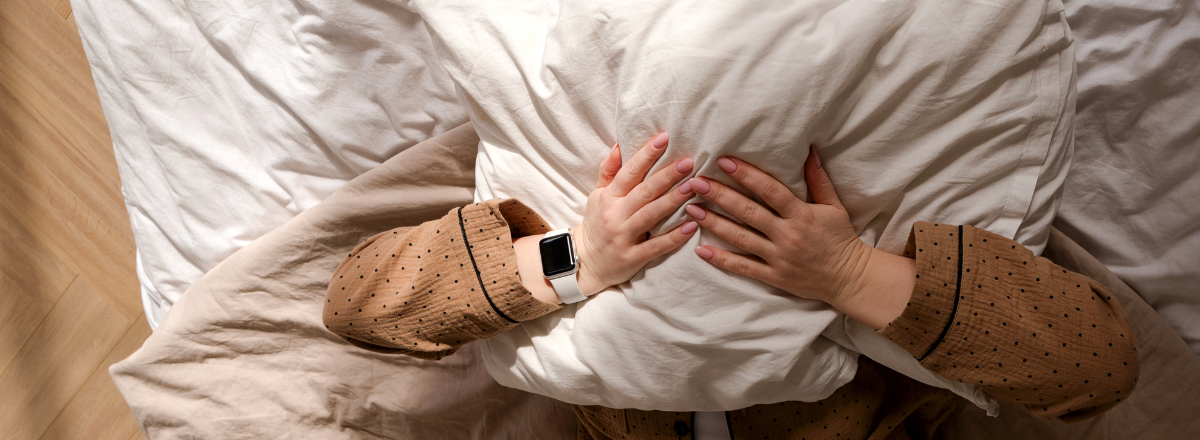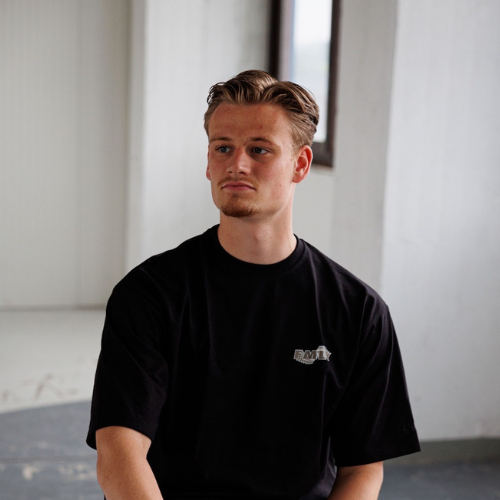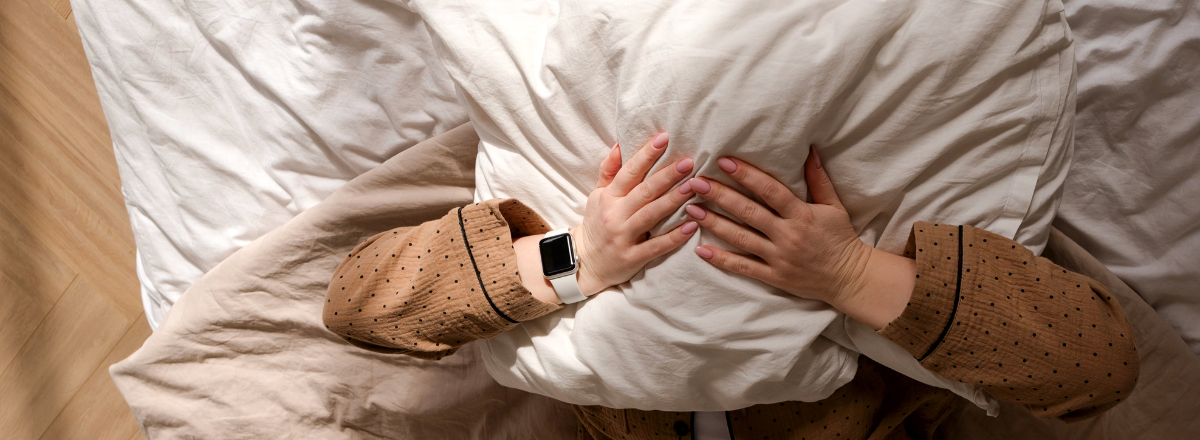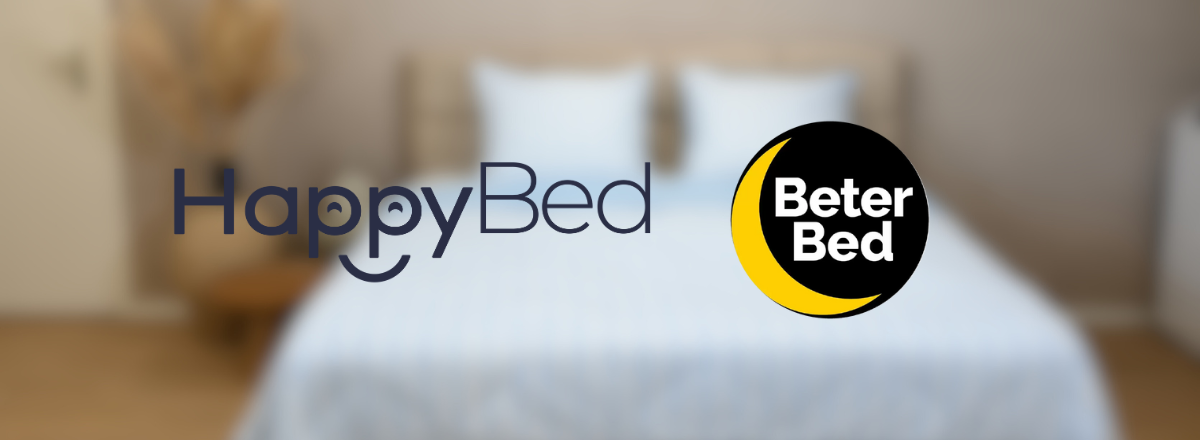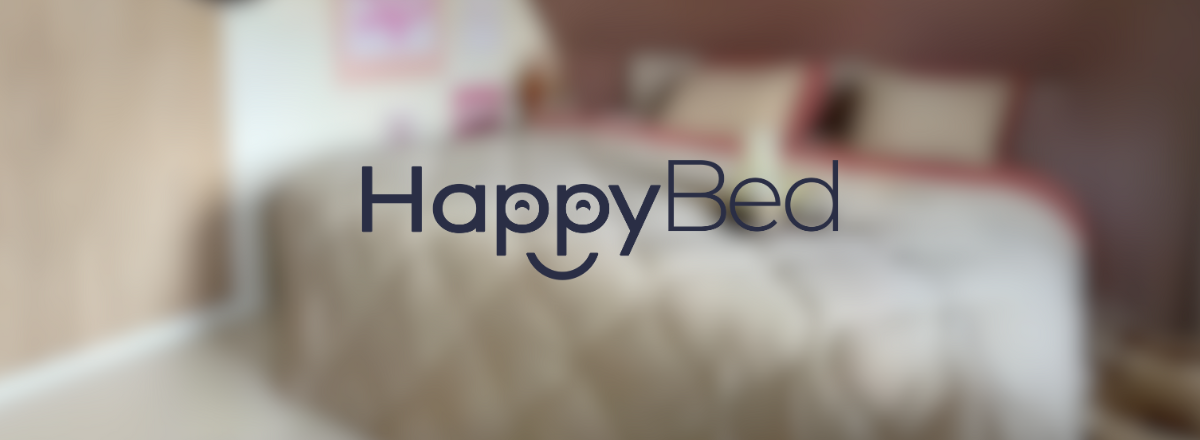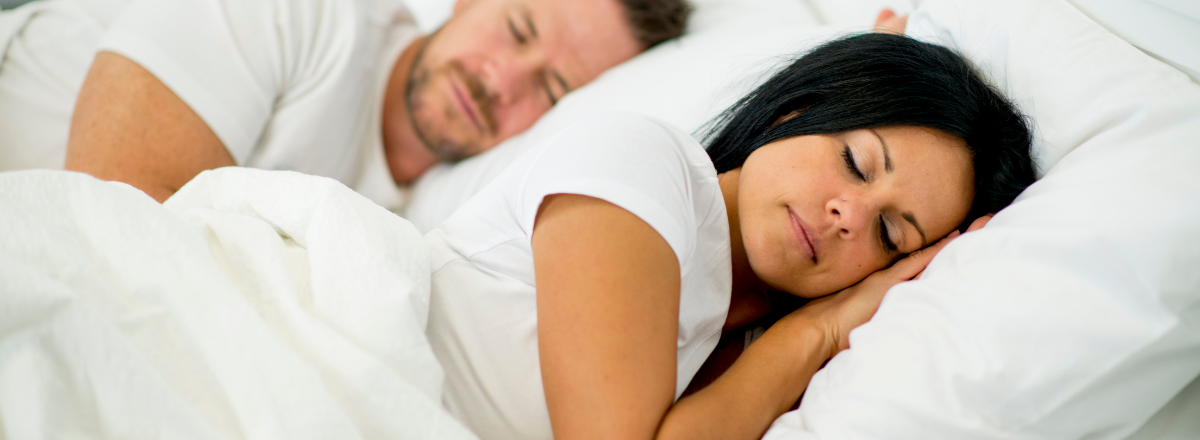When you go for a coverless duvet, you want to be sure it's not just comfy and practical, but also keeps its shape even after tons of washes. Especially in busy households where washing bedding all the time is a must, the durability of your duvet really matters. Two well known options are the coverless duvets from Zelesta and HappyBed. But which of these two actually scores best when it comes to keeping its shape and quality after long term use?
Keep reading to find out why HappyBed is the perfect pick for a durable duvet that keeps its shape, and how it stands out from Zelesta.
Why is keeping its shape so important?
A duvet that loses its shape after a few washes can be super annoying and totally ruin the look of your bed. Shifting filling, lumps, and uneven warmth make it hard to actually enjoy a good night's sleep. A durable duvet, on the other hand, gives you steady comfort and always looks neat, wash after wash.
Both Zelesta and HappyBed claim their duvets keep their quality, but how do they really hold up? Let's take a closer look at how each brand scores when it comes to durability and keeping its shape.
1. Materials and construction
The choice of materials and how a duvet is made are key factors when it comes to durability.
Zelesta Duvet
The Zelesta duvet is made with synthetic microfibers, a popular material because it's cheap and super light. Microfibers can feel soft, but they're not that durable when you wash them over and over. The fibers tend to lose their bounce, which can make the filling loose and unstable.
- Benefits: Lightweight and budget friendly.
- Cons: Not resistant to wear and loses its shape after several washes.
HappyBed Duvet
HappyBed's coverless comforter stands out with a core made of tough bamboo fibers and a sleek quilted design. These fibers are known for being naturally bouncy and strong, even after heavy use. The quilted design keeps the filling in place and stops it from clumping up when you wash it.
- Benefits: High quality materials that keep their shape, even after tons of washes.
- Cons: No downsides found when it comes to durability.
Winner: HappyBed stands out thanks to top notch materials that give you both comfort and durability.
2. Shape retention after frequent washing
For families where hygiene is super important, bedding gets washed more often. So how do Zelesta and HappyBed hold up?
Zelesta Duvet
Even though the Zelesta comforter can go in the washing machine, the filling usually loses its firmness over time. That means the warmth gets uneven, the filling clumps up, and it starts to lose its shape. Plus, the synthetic material can wrinkle and crease, so after a while it just doesn't look as nice.
- Benefits: Super easy to wash.
- Cons: Loses its shape and doesn't spread warmth evenly after lots of washes.
HappyBed Duvet
The HappyBed comforter is made for frequent washing. The bamboo fibers keep their shape and softness, and the sturdy quilted patterns make sure the filling doesn't shift or get lumpy. So even after tons of washes, your comforter still looks and feels brand new.
- Benefits: Keeps its shape and firmness, so you always get even warmth.
- Cons: No downsides found.
Winner: HappyBed has a clear advantage thanks to its quilted design and bouncy bamboo fibers.
3. Ease of use and maintenance
Comforters that get used a lot should be tough and super easy to take care of.
Zelesta Duvet
The Zelesta comforter is lightweight, so you can just toss it in the washing machine. But since the fibers are synthetic, it takes longer to dry and gets worn out faster if you wash it a lot. So you might end up wanting to replace it sooner.
- Benefits: Easy to wash because it's lighter.
- Cons: Dries slower and gets worn out over time.
HappyBed Duvet
HappyBed mixes easy care with top performance. Thanks to the bamboo fibers, the comforter dries super fast – perfect for busy households. Plus, it stays soft, smooth, and comfy, with no visible wear and tear, even if you wash it all the time.
- Benefits: Super easy to wash and dries in no time. Lasts way longer than your average comforter.
- Cons: No downsides found.
Winner: HappyBed isn't just easier to take care of, it also stays comfy for a long time.
User reviews
Customer experiences give a real look at how both brands perform. Here's what users say about how durable HappyBed is:
HappyBed user:
"I was skeptical about how well the duvet would keep its shape, but I'm honestly surprised. Even after washing it a bunch of times, it still looks and feels perfect."
4. Value for money
Price matters, but with bedding, it's really about what you get for your money.
Zelesta Duvet
Zelesta is cheaper to buy, but since it doesn't last as long, you might end up replacing it more often. That can add up over time.
HappyBed Duvet
HappyBed offers a premium product with a higher price tag, but it lasts longer and stays comfy. So it's a more sustainable investment if you want quality for years.
- Pro: Great value for money.
Conclusion
If you're looking for a coverless duvet that stays soft, comfy, and most importantly, lasts, then HappyBed the clear winner. Thanks to the high quality materials, the quilted design, and how well it keeps its shape, it's the best pick for long term use, even in homes where the duvet needs to be washed a lot.

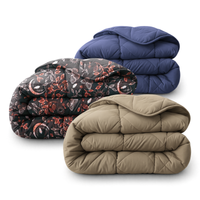

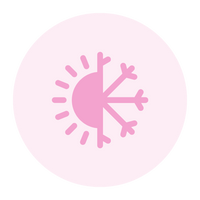

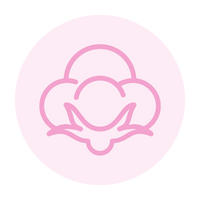
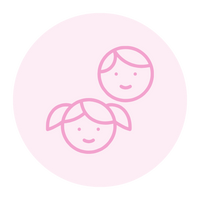


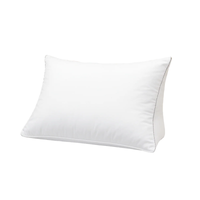
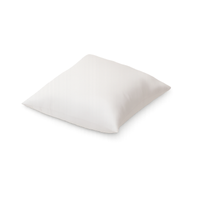

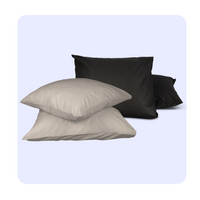
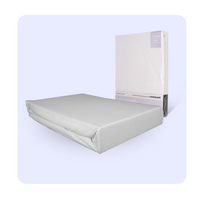
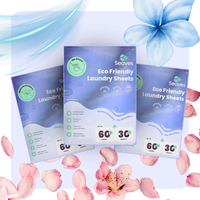
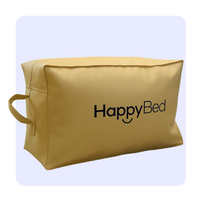

 Continue shopping
Continue shopping